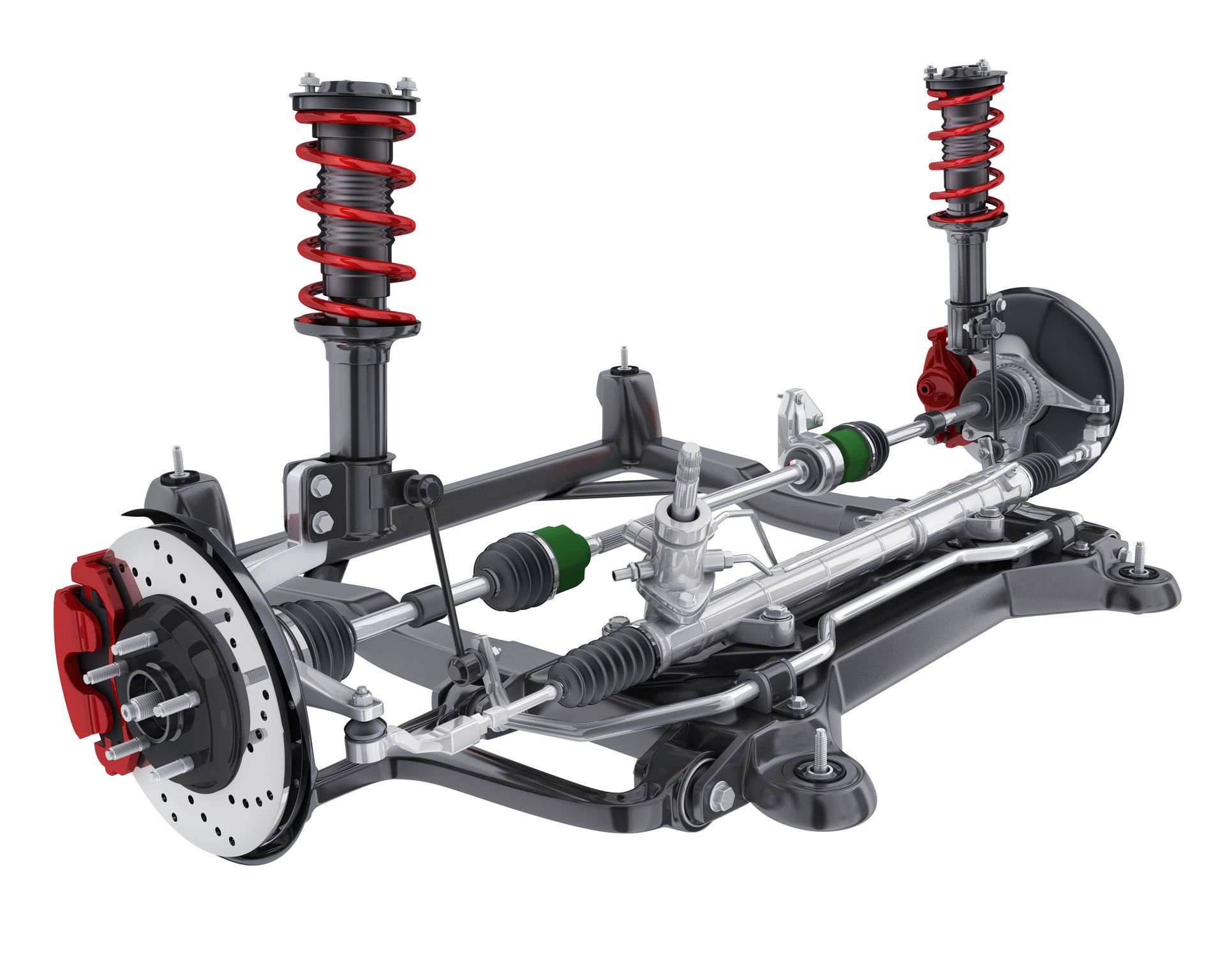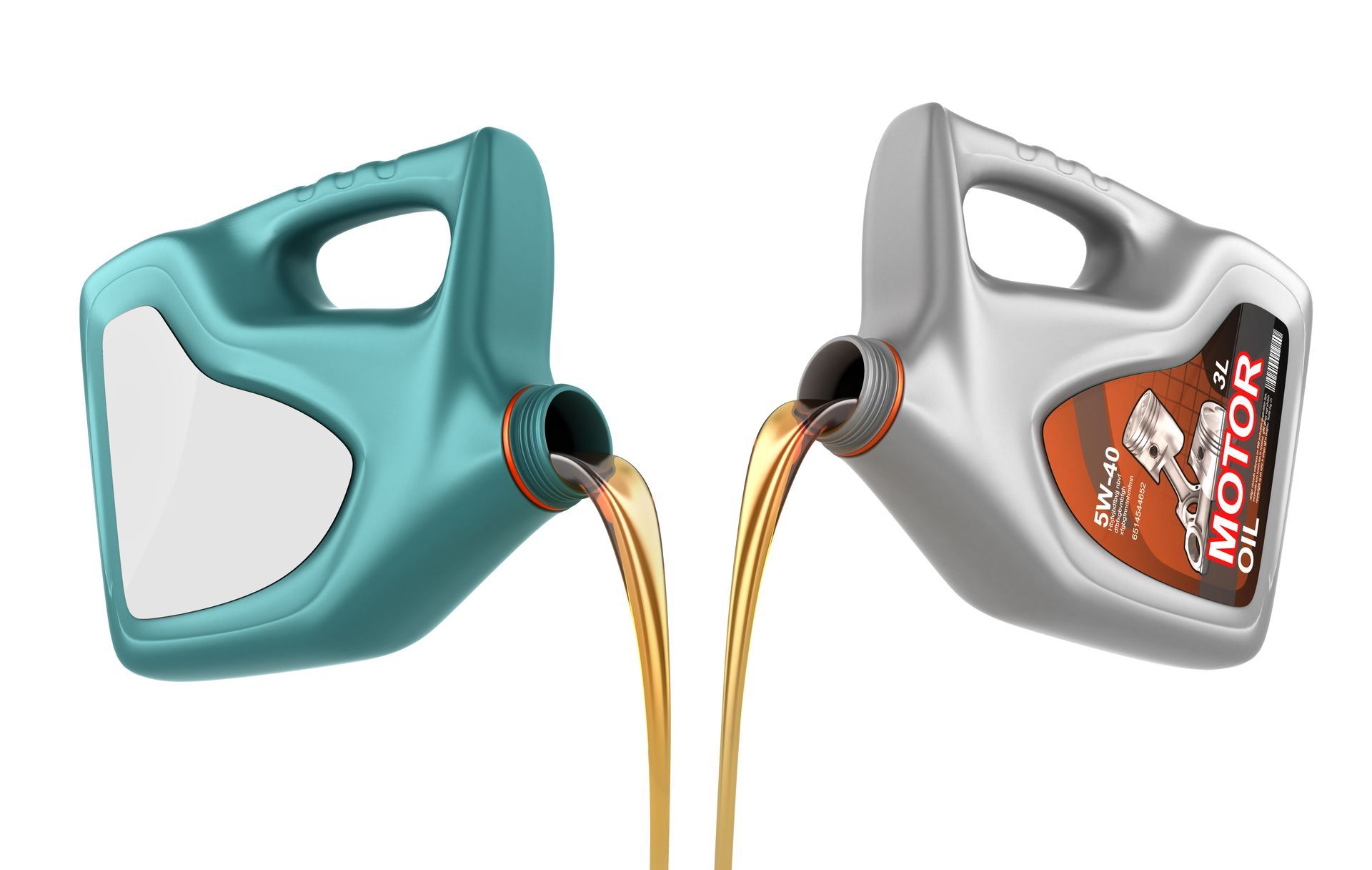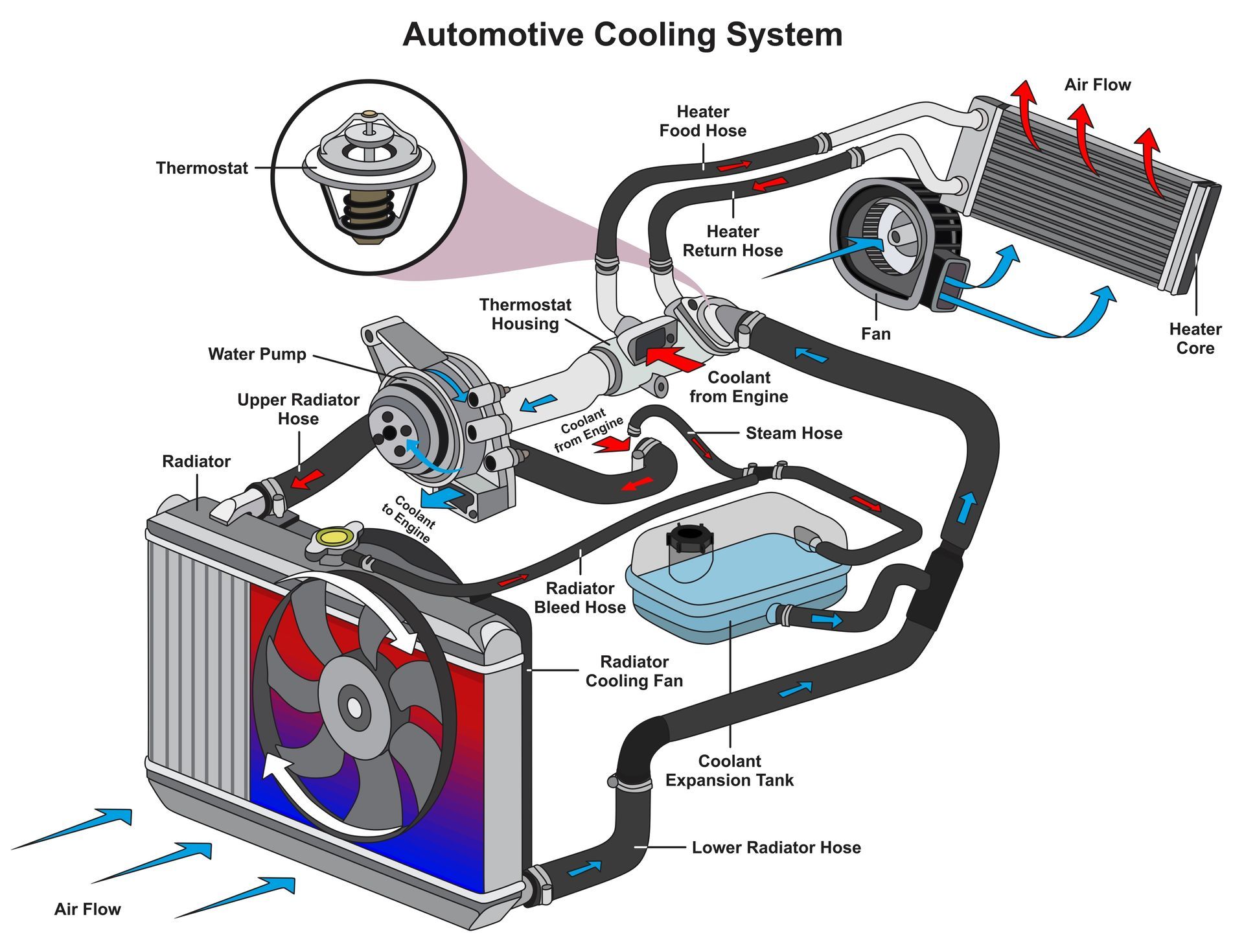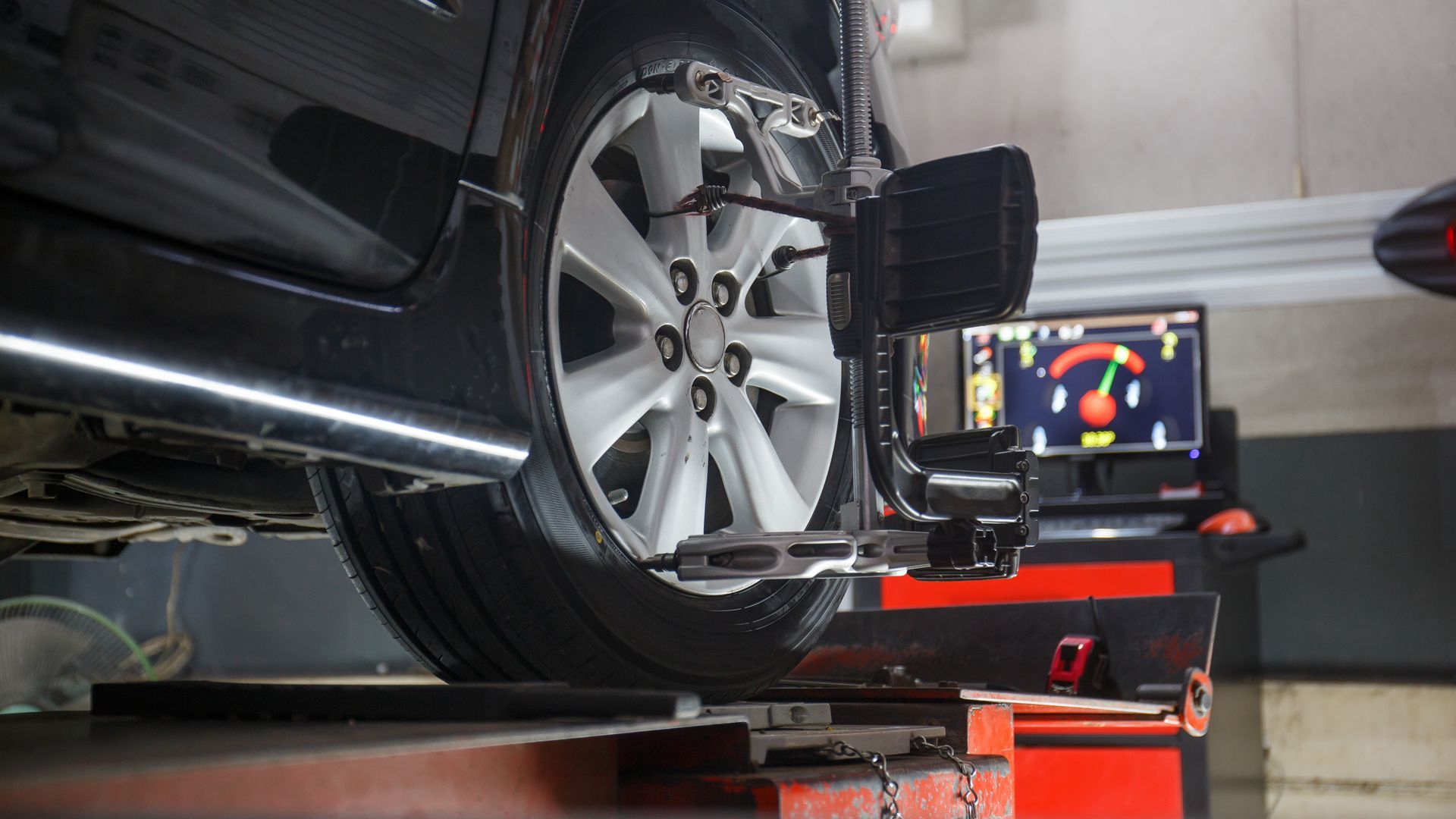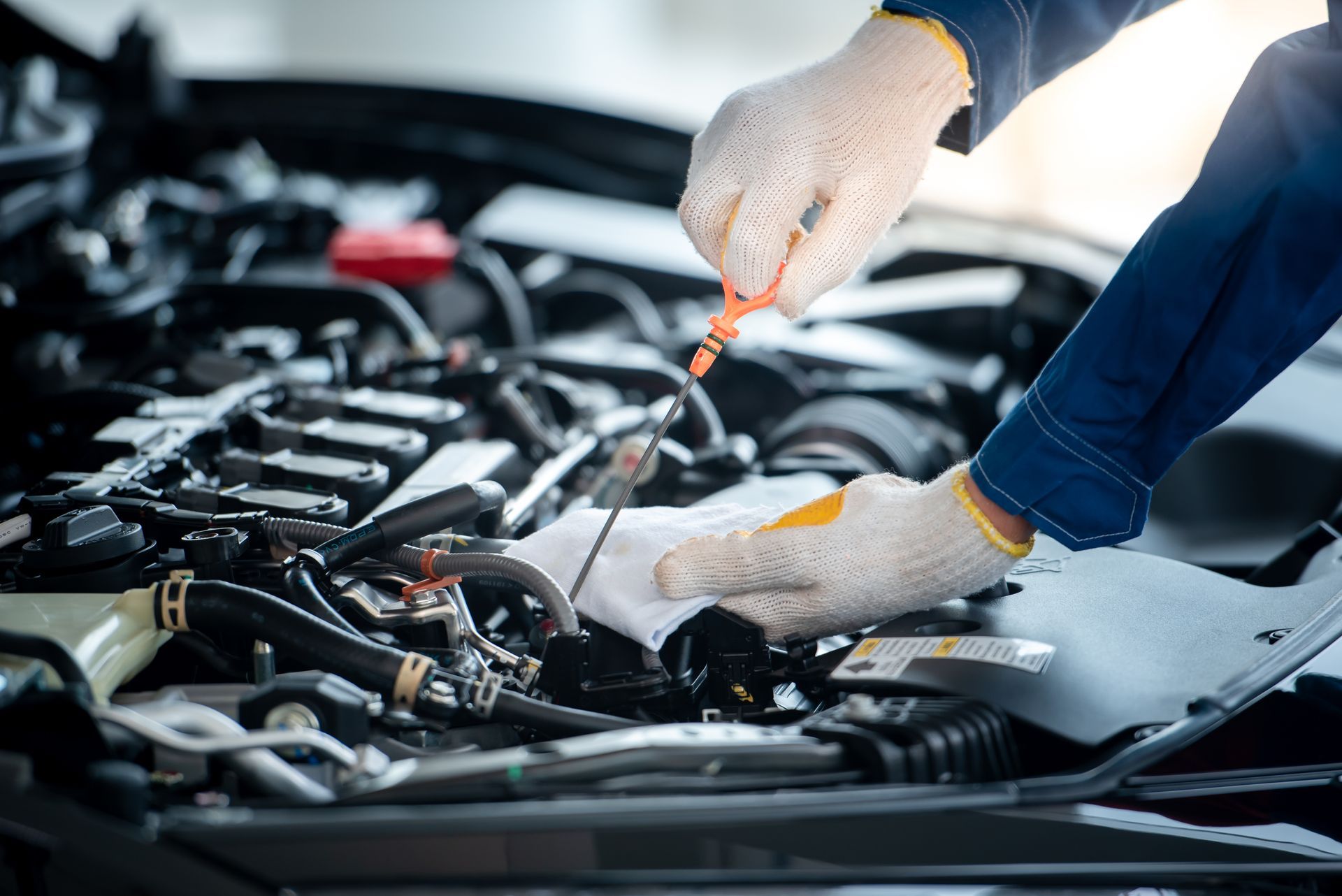Oxygen sensors monitor the oxygen levels in your exhaust system and send vital information to your car's engine control unit (ECU). When they’re working correctly, you probably don’t even think about them. But when they start to fail, it can lead to a series of problems that affect your car's performance, fuel efficiency, and even the environment. So, how exactly do faulty oxygen sensors impact your vehicle?
What Are Oxygen Sensors and Why Are They Important
Oxygen sensors are located in your car's exhaust system, usually before and after the catalytic converter. They detect the amount of unburned oxygen in your car’s exhaust fumes and relay this data to your car’s computer. This information is used to adjust the air-fuel mixture, helping your engine run efficiently and reducing emissions.
In a nutshell, oxygen sensors ensure your car burns fuel as efficiently as possible while minimizing harmful emissions. Without them, your car’s computer would be guessing how much fuel to inject into the engine, leading to poor performance and higher emissions.
Signs of a Faulty Oxygen Sensor
So, how do you know if your oxygen sensor is going bad? A failing oxygen sensor often triggers a check engine light, but that’s just one clue. Here are a few other warning signs that could indicate your oxygen sensor is on its last legs:
Poor Fuel Economy
If you notice you're filling up at the gas station more often, a bad oxygen sensor could be to blame. When the sensor isn't working properly, your engine may use more fuel than necessary, decreasing your miles per gallon.
Rough Idling or Stalling
Faulty oxygen sensors can cause your engine to run too rich or too lean, leading to a rough idle or even causing your car to stall.
Failed Emissions Test
Oxygen sensors are directly linked to your car’s emission levels. If your vehicle has a faulty sensor, it’s likely to fail an emissions test due to excessive pollutants in the exhaust.
Poor Acceleration
Have you noticed a lack of power when pressing on the gas pedal? Faulty oxygen sensors can disrupt the air-fuel ratio, leading to sluggish acceleration.
Unusual Exhaust Smell
A failing oxygen sensor can cause your engine to run too rich, resulting in an overly rich fuel mixture that produces a strong, unpleasant exhaust odor.
The Impact of Faulty Oxygen Sensors on Your Car's Performance
Let’s dig deeper into how bad oxygen sensors can affect your car. A failing oxygen sensor can throw off your car’s air-fuel mixture, leading to a variety of issues:
Reduced Fuel Efficiency
When your car's computer doesn't get accurate information from the oxygen sensors, it can't correctly balance the air-fuel ratio. This often results in burning more fuel than necessary, hurting your wallet over time.
Increased Emissions
The oxygen sensor is a key player in keeping your emissions in check. A malfunctioning sensor can cause your vehicle to emit higher levels of harmful gasses like carbon monoxide and hydrocarbons, which is not only bad for the environment but could also mean a failed emissions test.
Damage to the Catalytic Converter
Ignoring a bad oxygen sensor can lead to damage to your catalytic converter. If your engine runs too rich for an extended period, unburned fuel can enter the exhaust system, potentially causing the catalytic converter to overheat and fail—a costly repair you definitely want to avoid.
How Long Do Oxygen Sensors Last
Oxygen sensors are wear-and-tear items that don't last forever. On average, oxygen sensors can last anywhere between 60,000 and 100,000 miles, depending on the make and model of your car. However, this lifespan can be shortened by factors like driving conditions, oil leaks, or fuel contaminants. If your vehicle is racking up miles, it's a good idea to have the sensors checked during routine maintenance.
Should You Replace a Faulty Oxygen Sensor
Absolutely! While a faulty oxygen sensor might seem like a minor issue, leaving it unaddressed can lead to a series of costly repairs down the line. Replacing a bad oxygen sensor can save you money in the long run by improving your fuel economy and preventing damage to other parts of your vehicle, like the catalytic converter. The good news? Replacing an oxygen sensor is usually a quick and relatively inexpensive fix.
If your check engine light comes on and you suspect a bad oxygen sensor, don’t ignore it. A quick diagnostic test at Joyce Automotive and Towing can confirm if this is the issue, allowing you to replace the sensor before it causes bigger problems.
Can You Drive with a Faulty Oxygen Sensor
Technically, yes. Your car will still run with a bad oxygen sensor, but you’ll notice a drop in performance and fuel economy. Plus, driving for extended periods with a faulty sensor can lead to damage to other parts of your engine, which could cost you more in repairs. It’s best to get it fixed as soon as possible to avoid any additional headaches.
If your check engine light is on, don't wait—bring your vehicle to
Joyce Automotive and Towing for a quick diagnostic check. We'll pinpoint the issue and get you back on the road in no time.





